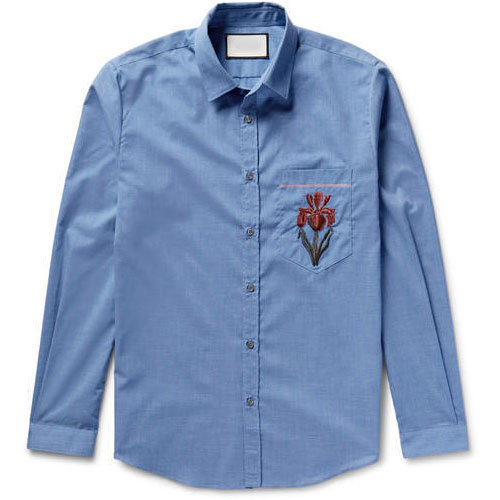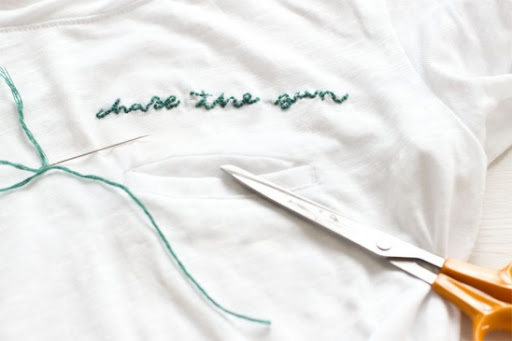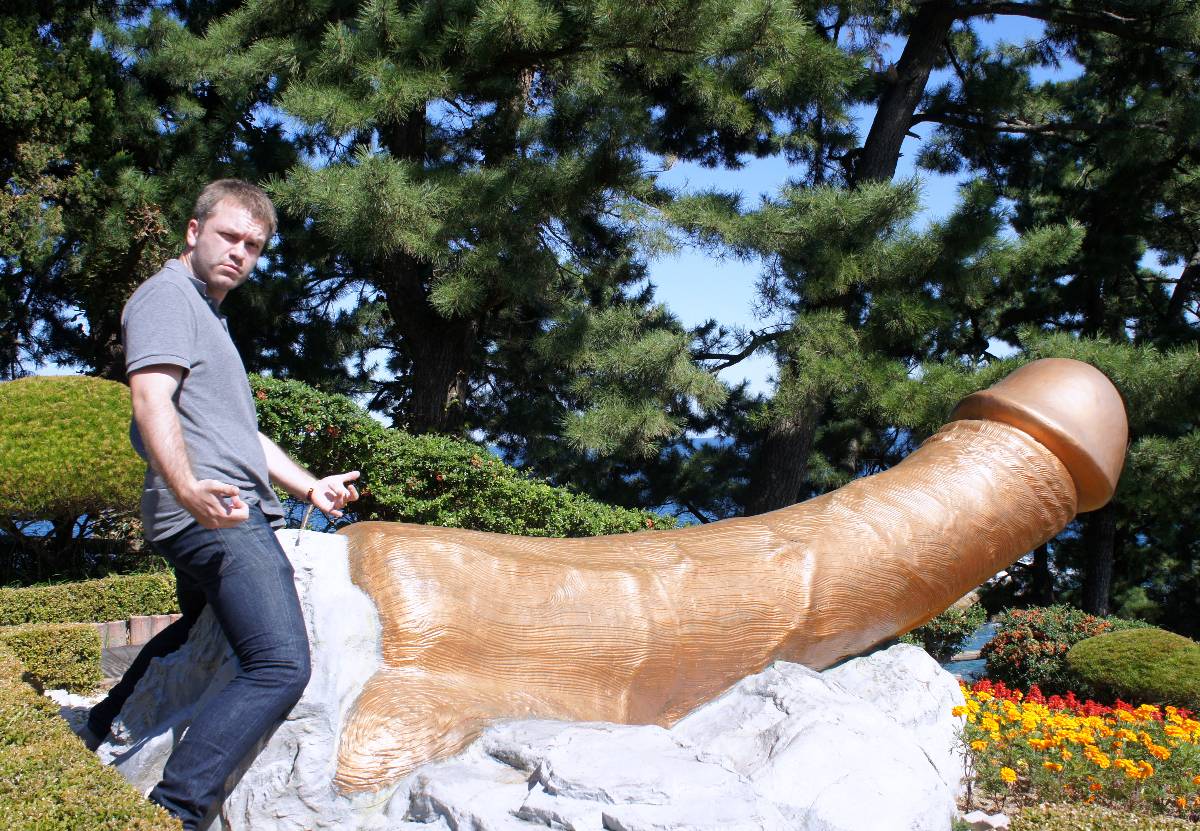Embroidering shirts, baby onesies, or another item with stretchy fabric is easy to do with the right preparation. The biggest challenge when embroidering on knit shirt fabric is that the design can become distorted when the fabric stretches or if stitches pull too tight. Stabilizer solves that problem.
A single motif near the neckline may be as small as a heart on a sleeve, as large as a pattern filling the front, or as plain as a heart on a sleeve. All of these ideas are excellent for customizing clothes or making gifts. In this post, you can get to learn steps for embroidering shirts with the utmost ease. Let’s proceed!
Table of Contents
Embroidering Shirts: Overview
The embroidering shirt procedure explained in this post can be finished in one hour, yet, depends on the speed of your work. By spending a total time of one hour, you can have your personalized embroidered shirt. This procedure is suitable for beginners, so anyone can practice it with ease. The estimated cost of this embroidering shirt procedure is $10.

Materials Required For Embroidering Shirts
Now that you know about this embroidering procedure, below are some of the key components you will need to get the task accomplished:
- Basic embroidering equipment/tool.
- Stabilizer
- Needle
- Embroidery hoop
- Iron
- Embroidery floss
- Other materials
Types of Stabilizer Used In Embroidering Shirts
While stabilizers can be used in most embroidery with clothing, it’s best to use a removable stabilizer instead of the type that’s designed to stay in place. This keeps the back of the stitching feeling soft and not scratchy on the skin.
There are several types of stabilizers designed for embroidering on stretchy fabrics. Some are temporary, while others are permanent. Some tearaway, and some dissolve in water. There’s also a stabilizer that uses big basting stitches to bind to the shirt, as well as one that adheres directly to the fabric. In general, all of these would suffice, so go with what you can find and what fits best for you.
The aim of all of the stabilizers is to keep the fabric from stretching and distorting the embroidery once it’s taken out of the hoop. The piece of stabilizer you use should always be larger than the embroidering shirts pattern and hoop you’re using to achieve this. It’s always a good idea to trace or move your pattern on the shirt before applying the stabilizer, depending on the type of stabilizer material you’re using.
Step-By-Step Instructions
Now that we have all the required knowledge, we can proceed further with the embroidering shirts procedure:
1: Stabilize Fabric With Baste-On Material
Since most stabilizers are intended to be on the back of the embroidery, turn the shirt inside out first. It’s easier to baste without catching the second layer of the tee by slipping a piece of paper between the layers of cloth.
Stabilize the place where you will be stitching. To bind the stabilizer to the shirt, use a needle and thread to make broad basting stitches. It’s important to maintain as much smoothness as possible in the fabric and stabilizer.
If the stitches go into the place, you’ll embroider; that’s fine. And if you’ve stitched over them, these basting stitches are easy to remove at the end. Make a right-side-out turn of the shirt.
2: Stabilize Fabric With Press and Stick Material
The press and stick stabilizer sticks to the fabric’s surface and can be used on the front or back of the shirt. One kind has a water-soluble stabilizer on one side and a peel-off backing on the other, allowing you to stick it to the fabric like a sticker. Another form can be ironed onto the shirt and then torn away later?
Since you can also print, trace, or move the template directly onto the stabilizer, a removable stabilizer that is adhered to the fabric is useful. The Funky Farm Friends pattern includes a pig pattern.
3: Hoop the Fabric Without Stretching
Stretchy fabrics (even those with stabilizers) should be hooped with a much looser outer hoop than woven fabrics. Within the shirt, under the region you’re stitching, position the inner hoop. Stop stretching the fabric by pressing the outer hoop evenly over the fabric and inner hoop.
By contrasting it to the rest of the shirt, you’ll be able to tell whether the fabric has stretched or is misshapen in some way. Try re-hooping it if it’s extended.
4: How to Stitch on a shirt
To prevent pilling and to snag the knit fabric of a shirt, use a ball-point or round-end needle. Needles for tapestry or counted cross stitch fit well. These needles are more likely to pass through the fabric’s knit structure without piercing the threads.
It’s vital to start and finish your shirt embroidery correctly, as with any embroidery, because you don’t want any stitching to come undone when it’s washed. Knotting will cause the stretchy fabric to pull and distort the pattern. Weaving in the ends tightly will keep your embroidery looking lovely.
Embroider as normal; just don’t draw the stitches too close. The stabilizer can help, but it should not be your sole source of defense.
5: Remove the Stabilizer
Remove the basting stitches from a stabilizer that was basted to the tee by snipping the thread and pulling out the stitches. Tear the material around the edges all the way up to the embroidery for tear-away stabilizers. Then, without disrupting the stitches, tear and remove the pieces from within the embroidered pattern.
Until soaking the embroidery in warm water, cut away the excess stabilizer from the edges if you’re using a water-soluble stabilizer. To extract excess water, press the tee between two towels and hang it to dry.
6: Give the shirt a Great Finish
Gently iron your finished embroidery from the backside to smooth out any wrinkles and remove hoop markings. Your embroidered shirt is ready to wear!
Takeaway!
The procedure for embroidering shirts discussed in this guide can help you to make personalized designs on shirts. Also, they can be the best gifts you can present to someone. Furthermore, you can apply the same procedure to the T-shirts as well. For more handy updates, visit our blog section.








